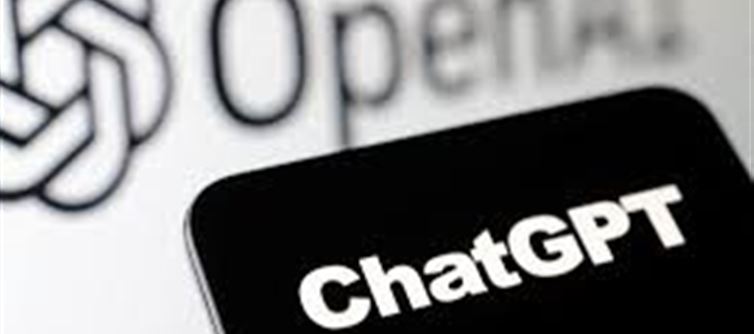
In a bold move to reshape the future of professional networking, OpenAI has announced a new jobs platform that will directly compete with LinkedIn. Slated for launch in mid-2026, the platform aims to connect employers and job seekers through artificial intelligence, promising smarter and more precise matches.
The announcement was made by Fidji Simo, CEO of Applications at OpenAI, who described the vision as “using AI to find the perfect matches between what companies need and what workers can offer.” Here’s a breakdown of what this means for professionals, businesses, and the wider job market.
1. OpenAI Steps Into the Career Space
The OpenAI Jobs Platform will be the company’s most ambitious step beyond ChatGPT. Designed to be more than just a networking site, it will serve as an AI-powered career-matching engine, challenging LinkedIn’s dominance in the sector.
2. AI as Your Career Matchmaker
Instead of endless scrolling through job boards, the platform will leverage advanced AI algorithms to recommend opportunities tailored to each candidate’s skills, experience, and aspirations. For companies, this means fewer mismatches and faster hires.
3. A Special Track for Small Businesses & local Governments
One unique feature will be a dedicated track for small businesses and local government bodies, enabling them to access AI talent and skilled workers more efficiently. This democratizes recruitment, moving beyond the large corporate hiring ecosystem.
4. Taking on LinkedIn (and Microsoft)
This launch sets OpenAI against LinkedIn, which has long been the leader in professional networking. The rivalry is striking, given that:
- LinkedIn co-founder Reid Hoffman was an early OpenAI backer.
- LinkedIn is owned by Microsoft, OpenAI’s largest investor.
This means OpenAI will compete with a company that’s closely tied to its biggest partner—raising eyebrows in Silicon Valley.
5. Beyond Jobs: OpenAI’s Expanding Horizons
The jobs platform is just one of several new products under Fidji Simo’s leadership. Reports suggest OpenAI is also exploring a web browser and even a social networking app, signalling a push into consumer-facing applications beyond ChatGPT.
6. Building AI Skills: The OpenAI Academy
To prepare workers for this shift, OpenAI is launching an AI education initiative through its upcoming OpenAI Academy. The academy will:
- Offer certifications in AI fluency
- Pilot programs with companies like Walmart (late 2025)
- Aim to certify 10 million Americans by 2030
This effort ties into the White House’s broader AI literacy programme.
7. Addressing Fears of job Loss
AI’s impact on jobs is a hot debate. Anthropic CEO Dario Amodei has warned that up to 50% of entry-level white-collar jobs could vanish by 2030 due to automation. Simo acknowledged this disruption but emphasized that OpenAI’s role is to help workers adapt, not replace them—by teaching AI skills and linking people to new opportunities.
8. white house Discussions Ahead
OpenAI’s leadership, including Sam Altman, is expected to meet with President Donald Trump and other tech leaders to discuss AI’s role in the economy. The jobs platform and AI literacy programs will likely be at the center of these talks.
Final Thoughts
The upcoming OpenAI Jobs Platform is more than just a LinkedIn competitor—it’s part of a broader vision to redefine how people find work in the AI era. By combining job-matching technology with AI skill certifications, OpenAI hopes to ease the transition into a future where adaptability will matter as much as experience.
Whether this move disrupts LinkedIn or simply coexists alongside it, one thing is clear: by 2026, the way we search for jobs could look very different—smarter, faster, and more AI-driven.
Disclaimer:
The views and opinions expressed in this article are those of the author and do not necessarily reflect the official policy or position of any agency, organization, employer, or company. All information provided is for general informational purposes only. While every effort has been made to ensure accuracy, we make no representations or warranties of any kind, express or implied, about the completeness, reliability, or suitability of the information contained herein. Readers are advised to verify facts and seek professional advice where necessary. Any reliance placed on such information is strictly at the reader’s own risk.
.jpg)




 click and follow Indiaherald WhatsApp channel
click and follow Indiaherald WhatsApp channel